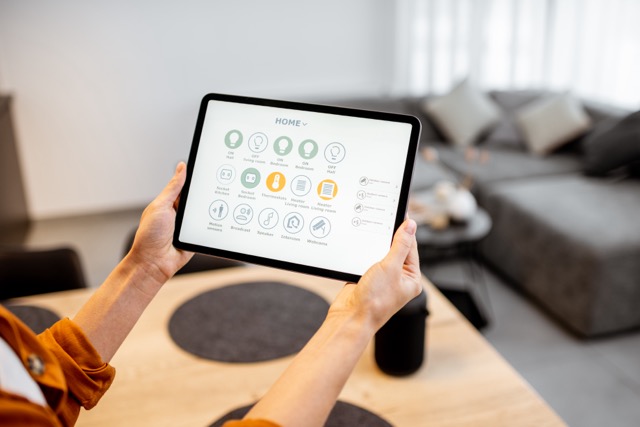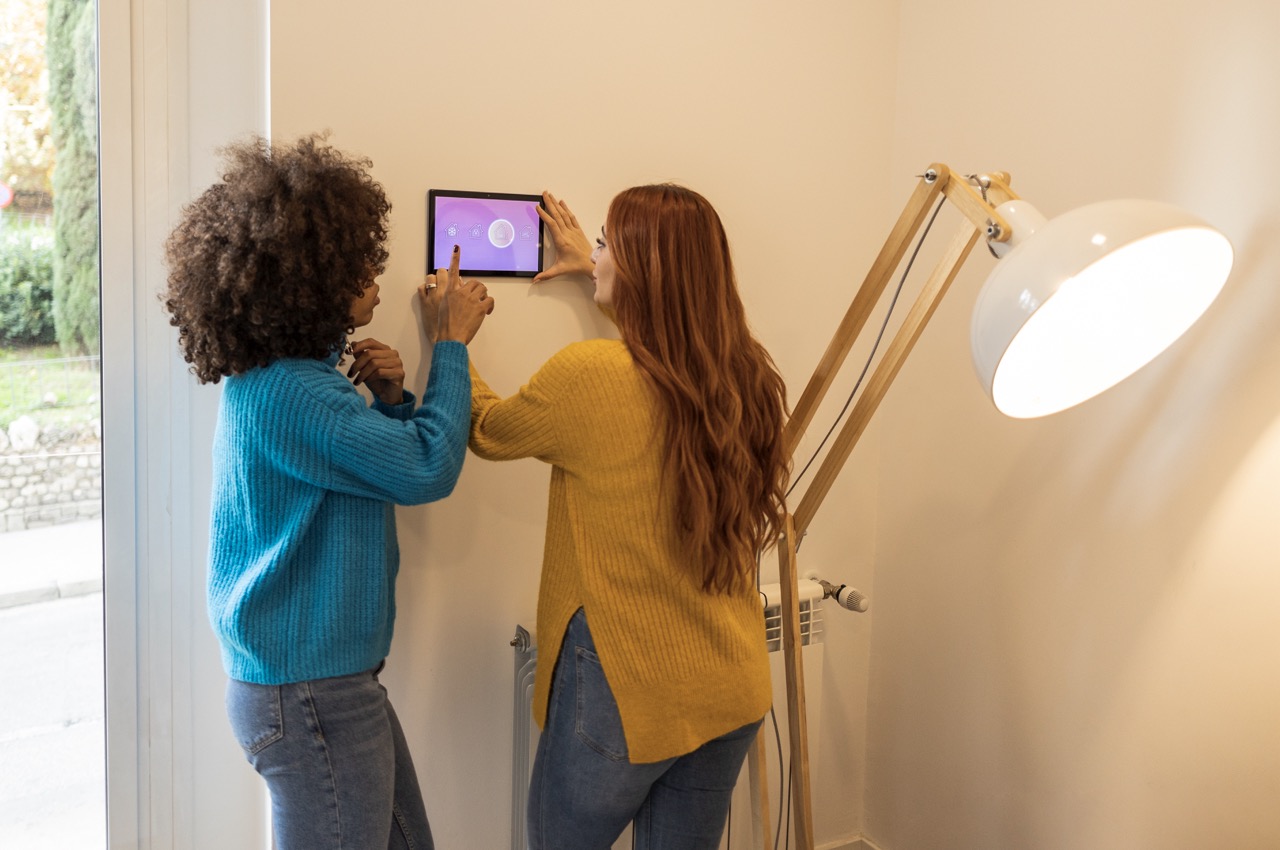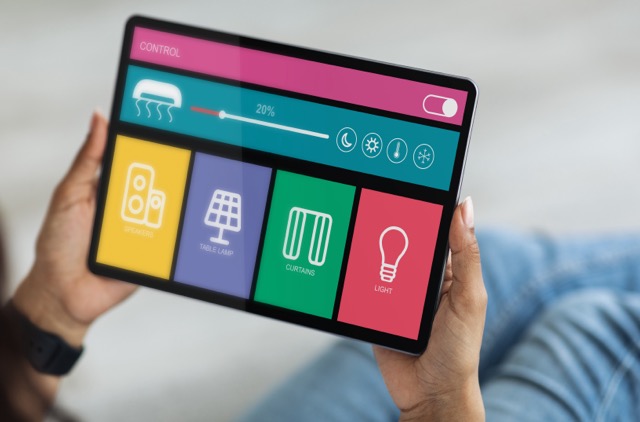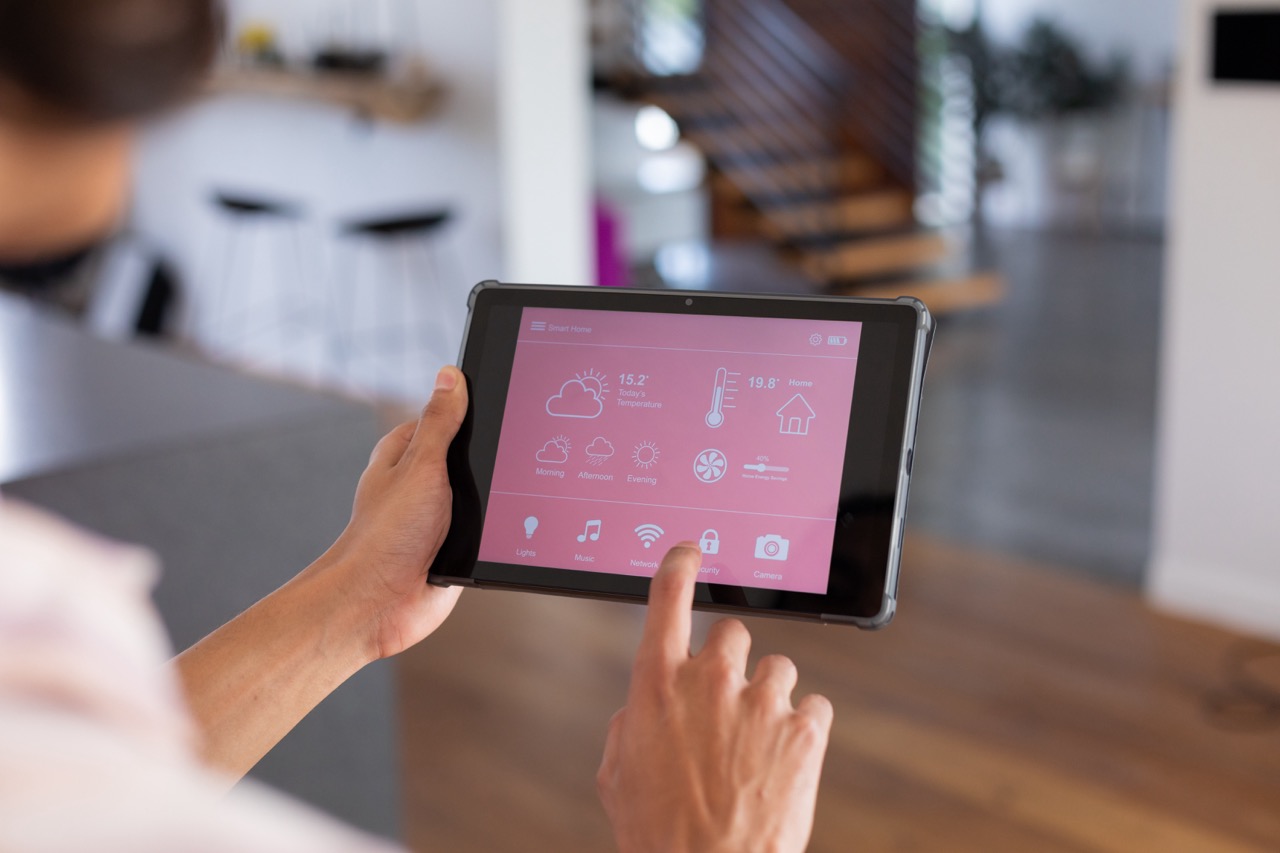In today’s fast-paced world, the kitchen remains a central hub of activity and innovation. With advancements in technology, the concept of a smart kitchen is no longer just a futuristic idea but a feasible upgrade for modern homes. A fully automated smart kitchen can dramatically transform how we prepare and enjoy our meals, making cooking more efficient, enjoyable, and sustainable. In this article, we will explore the essential steps and considerations involved in building a fully automated smart kitchen, evaluate the necessity, and discuss the long-term benefits of integrating sophisticated technologies into our everyday culinary practices.
Evaluating the Need for a Smart Kitchen
To determine if a smart kitchen is right for you, consider your daily kitchen activities and how much time you spend in this space. Those who find themselves frequently hosting dinner parties or juggling family meals amidst a busy schedule might benefit greatly from automation. Additionally, those with mobility limitations or dietary restrictions could also gain significantly from technologies that streamline the cooking process and ensure consistent results. It’s essential to assess personal needs and how technology can meet them before making substantial investments.
For many, the kitchen is not just a place for cooking but a multi-functional space for dining, socializing, and even working. If your kitchen serves multiple purposes, incorporating smart technology can enhance its usability and flexibility. Imagine voice-controlled appliances that adjust settings based on your spoken instructions or countertops that can charge devices wirelessly. The integration of these technologies can transform an ordinary kitchen into a highly efficient and adaptable environment.
However, the desire for a smart kitchen should also be tempered with practicality. Not every high-tech appliance will be suitable for every home; some might require more maintenance or be too complex to operate efficiently. It’s crucial to evaluate the potential return on investment and consider whether the convenience added by automation aligns well with your lifestyle and kitchen use.
Choosing the Right Smart Kitchen Technology
When selecting technology for a smart kitchen, prioritizing interoperability and compatibility is key. A cohesive ecosystem of devices that can communicate effectively ensures a seamless operation. Look for appliances and systems that support standard protocols and platforms like HomeKit, Alexa, or Google Assistant. This integration allows for centralized control and coordination of all kitchen functions, from refrigerators to ovens, through a single interface.
Innovation in kitchen technology has led to a broad spectrum of smart appliances, including smart refrigerators that monitor food freshness, ovens that can automatically adjust cooking times and temperatures, and faucets that deliver precise amounts of water at your command. Moreover, advancements like AI-powered cooking assistants can help even novice cooks master complex recipes with ease. Choosing the right mix of these technologies depends on your cooking habits and the specific functionalities you deem most beneficial.
An often overlooked but critical aspect of choosing smart kitchen technology is the after-sales support and warranty services offered by manufacturers. Investing in high-quality, well-supported gadgets ensures longevity and trouble-free use, which is crucial for devices intended to be integral parts of your daily life. Always check customer reviews and product support options before making a final decision.
Design Principles for Automated Kitchens
The design of an automated kitchen should focus on efficiency, ease of use, and safety. An optimal layout will place smart appliances in accessible locations and ensure that automation enhances the workflow rather than complicates it. For instance, sensor-driven systems can be designed to anticipate your movements and needs, activating lighting or adjusting appliance settings as you cook.
Aesthetically, smart kitchens should not only be functional but also visually appealing. Modern design trends favor clean lines, minimalist aesthetics, and integrated technology that does not disrupt the kitchen’s visual harmony. Materials used in smart kitchens should be durable and easy to clean, with surfaces that accommodate embedded technologies like touchscreens and wireless charging pads.
Ergonomics also plays an essential role in the design of a smart kitchen. Automated elements should be tailored to the user’s height and mobility, ensuring that all family members, including those with disabilities, can use the kitchen comfortably and safely. Adjustable countertops, voice-activated controls, and automated cabinet systems can significantly enhance the ergonomic quality of kitchen spaces.
The Cost-Benefit Analysis of Automation
The initial cost of automating a kitchen can be high, with advanced appliances and systems carrying premium price tags. However, when conducted thoughtfully, the long-term savings and increased home value can justify the upfront investment. Smart kitchens can lead to significant energy savings through efficient appliances and systems that optimize power use and reduce waste.
Moreover, the convenience and time saved by automated features can translate into less tangible but equally important benefits, such as more quality time spent with family or on other activities. Automation can also ensure consistent culinary results, reducing food waste and improving meal satisfaction. These factors all contribute to a compelling case for the cost-effectiveness of smart kitchens.
It’s also worth considering the potential increase in property value. A well-designed smart kitchen can be a significant selling point in today’s real estate market, appealing to tech-savvy buyers looking for modern, efficient homes. This increase in property value can offset much of the initial setup costs, making the investment in a smart kitchen more palatable.
Implementation Challenges and Solutions
Implementing a fully automated smart kitchen is not without its challenges. Technical issues, such as integrating different technologies from various manufacturers, can arise. Ensuring that all components work harmoniously requires careful planning and, often, professional installation. Choosing products from manufacturers that offer robust support and standardized connectivity options can mitigate these issues.
Another challenge is the learning curve associated with new technologies. Users must become comfortable with interfaces and functionalities of advanced appliances. Offering simple, intuitive controls and clear instructions can alleviate these difficulties. Some manufacturers provide interactive tutorials and customer support to help users acclimatize to their new appliances.
Privacy and security are also crucial considerations as smart kitchens often collect and store user data. Ensuring that all devices comply with current security standards and implementing strong network security measures can protect against unauthorized access and data breaches. Regular software updates and vigilance about network security can help maintain the integrity of a smart kitchen.
Long-Term Benefits of a Smart Kitchen
The long-term benefits of a smart kitchen extend beyond mere convenience. They contribute to a sustainable lifestyle by reducing energy consumption and minimizing food waste. Smart appliances can adjust their operations based on load or necessity, which conserves resources and decreases utility bills. Additionally, precise cooking techniques and better food preservation methods extend food freshness and reduce the amount of spoiled goods thrown away.
A smart kitchen also enhances lifestyle quality by making cooking and kitchen management less laborious and more enjoyable. With the tedious aspects of kitchen work handled automatically, individuals can focus on the creative aspects of cooking or spend more time with family and guests. This shift can improve overall satisfaction and wellness for all household members.
Moreover, the adaptability and accessibility of a smart kitchen make it a beneficial investment for the future. As households evolve, whether through changes in family size or the aging of its occupants, a smart kitchen can adapt to meet these changing needs with minimal adjustments. This makes it a practical choice for a long-term home setup, ensuring that the kitchen will always serve the needs of its users effectively and efficiently.
Building a fully automated smart kitchen is an investment in efficiency, sustainability, and quality of life. While the initial setup can be challenging and costly, the long-term benefits—ranging from energy savings and increased property value to enhanced daily convenience—make it a worthwhile endeavor. By carefully evaluating needs, choosing the right technology, and considering thoughtful design principles, homeowners can create a smart kitchen that not only meets today’s needs but also adapts to future trends and requirements. With the right approach, the kitchen of the future can be a reality in any home today.










